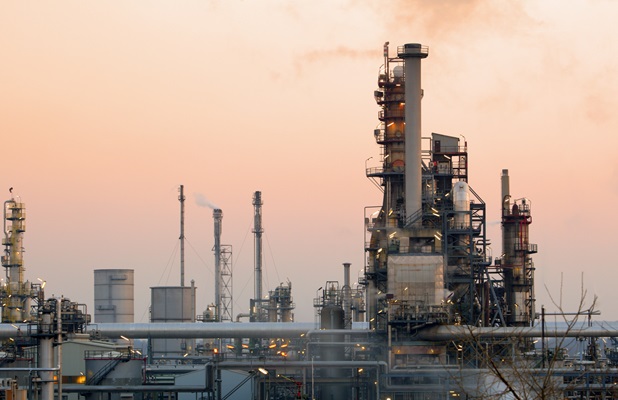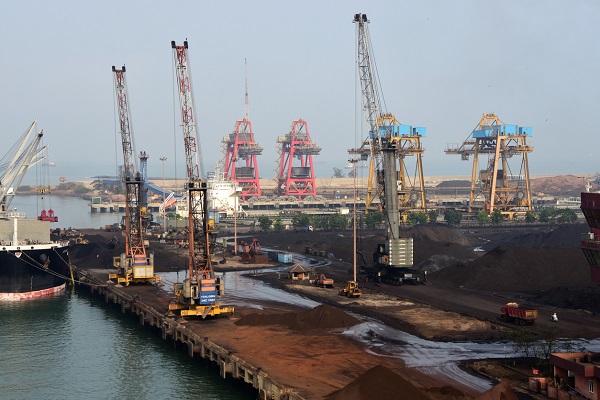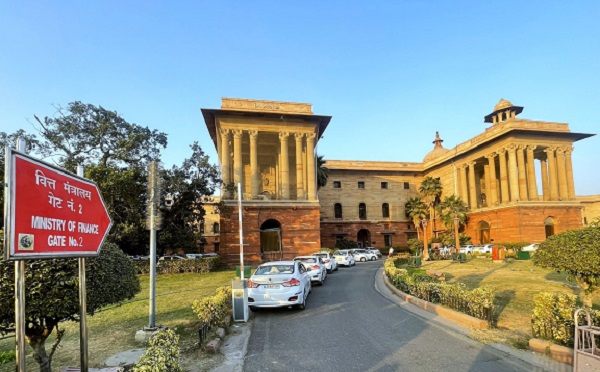.png)
February 28, 2025 at 1:57 PM IST
India’s economy expanded 6.2% during the October-December quarter of 2024-25, with real GDP reaching ₹47.17 trillion, according to data released by the National Statistics Office.
This was broadly in line with BasisPoint’s Poll of Polls median estimate of 6.3%, though it aligned more closely with Bloomberg’s 6.2% call.
Growth for the July-September quarter was revised up to 5.6%, painting a more resilient picture than earlier assessments. Yet, the underlying story remains intact — the public sector continues to do the heavy lifting, with the government capital expenditure sustaining demand for cement, steel, transport, and public infrastructure services, even as private sector participation remains weak.
The latest data shows that gross value added at constant prices rose 6.2% in the third quarter, reaching ₹43.13 trillion.
Sectorally, construction led with 7.0% growth, followed by financial and professional services at 7.2% and trade, hotels, transport and communication at 6.7%. Manufacturing GVA posted 3.5% growth, a slight improvement, though still muted given the expectations from recent policy efforts to push domestic manufacturing.
Perfect Past
The first revised estimate for 2023-24 placed real GDP at ₹176.51 trillion, reflecting 9.2% growth, the highest in 12 years, barring the pandemic recovery year of 2021-22.
Much of this was driven by manufacturing (12.3%), construction (10.4%), and financial and professional services (10.3%), all sectors where public investment remains central to the story.
The final estimates for 2022-23 were also revised sharply upwards, with real GDP growth pegged at 7.6%, up from earlier estimates of around 7%. That revision highlighted better-than-expected recovery in contact-intensive services, where trade, hotels, transport, and communication grew 12.3%, while financial services and real estate expanded 10.8%.
With this stronger base, it places the 2023-24 numbers in clearer context — public expenditure and state-driven investments essentially compensated for sluggish private sector participation and weak household consumption.
The second advance estimate for 2024-25 pegs real GDP at ₹187.95 trillion, implying 6.5% growth, with nominal GDP forecast at ₹331.03 trillion, indicating a 9.9% growth.
Government final consumption expenditure is projected at ₹17.33 trillion for 2024-25, up 3.8%. Gross fixed capital formation — a proxy for investment — is projected to reach ₹62.78 trillion, growing 6.1%, with public capital expenditure still accounting for a disproportionate share.
India’s investment story continues to lean heavily on government capital formation, a trend that has persisted over the past several years. In fact, the government’s share in total capital formation has steadily risen, compensating for the persistent weakness in private sector investment appetite.
The public sector’s infrastructure push has supported construction, steel, cement, and allied industries, but a sustainable 8% growth path — needed to position India as a developed economy by 2047 — will require private investment to take the lead.
That, in turn, depends on household consumption gaining momentum, something that remains elusive. For several years, rural demand was the weak link, only for urban discretionary demand to turn sluggish more recently.
Private final consumption expenditure is projected to grow 7.6% in 2024-25, reaching ₹106.62 trillion, up from ₹99.07 trillion in 2023-24, according to the second advance estimates.
While this marks an improvement over the 5.6% growth recorded in 2023-24, it remains well below the pre-pandemic average of around 8% annual growth in PFCE during 2016-2019, a period when urban discretionary demand was stronger, and rural consumption was more stable.
Despite a decade of ‘Make in India’ campaigns, production-linked incentive schemes, and tariff adjustments designed to spur domestic manufacturing, the sector’s share in GVA remains virtually unchanged.
Manufacturing accounted for around 14% of GVA estimates for 2024-25, down from pre-pandemic levels. This stagnation stands in contrast to the government’s ambition of raising manufacturing’s share to 25% of GDP — a goal that increasingly looks unrealistic under current conditions.
The relative underperformance of manufacturing not only reflects weak domestic demand, but also global supply chain realignments that haven’t fully favoured India.
While PLI schemes have driven select investments in electronics, renewables, and defence production, they haven’t yet catalysed the kind of broad-based manufacturing boom that could alter the economy’s structure.
For now, services — particularly financial, IT, and professional services — continue to dominate the growth story, while manufacturing’s role remains largely unchanged.
India’s economic recovery remains public sector-led, with private demand and investment lagging behind. Fiscal support has kept growth afloat, but without a decisive shift in household sentiment and corporate risk appetite, the structural shift towards a self-sustaining, private sector-led growth cycle will remain elusive.
For now, the fiscal lever is still engaged, but the room for further fiscal expansion narrows with every passing year.




